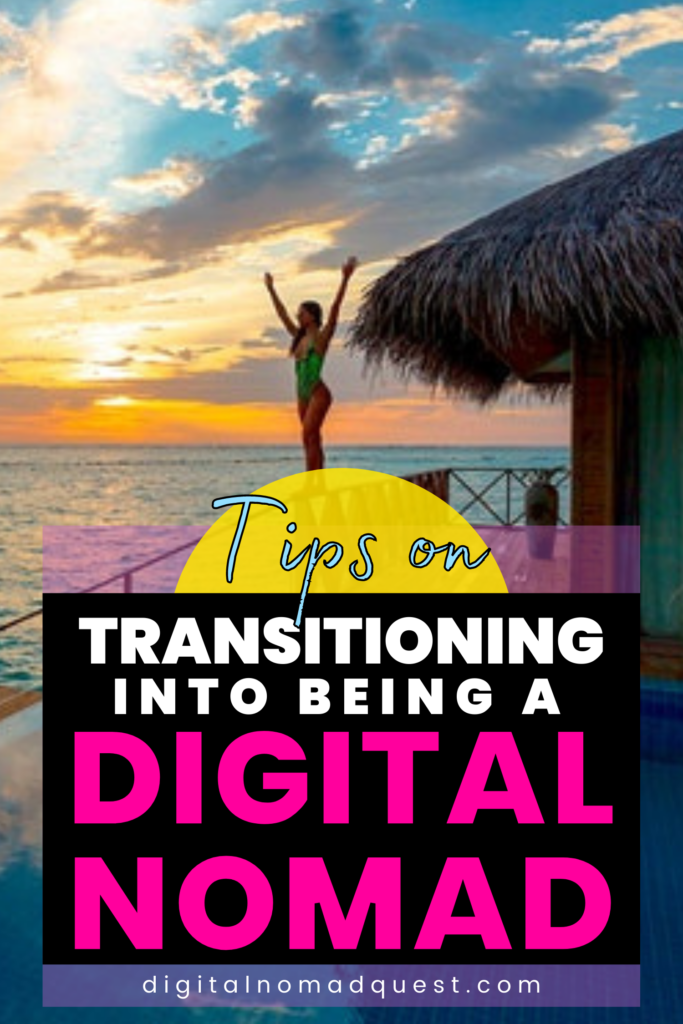More people are transitioning from full-time jobs to being digital nomads since the pandemic began. The discussion on digital nomads by the BBC even reports that the digital nomad population in the U.S. increased from 7.3 million in 2019 to 10.9 million in 2020. This trend is being pushed with some companies allowing staff to work remotely indefinitely and with COVID-19 vaccines being rolled out.
The idea for digital nomadism is working where you live rather than living where you work. However, becoming a digital nomad doesn’t come easily since it calls for a change of lifestyle as well. So to help ease your transition to digital nomadism, below are a few tips to follow:
Build a budget
For digital nomads, budgeting is especially important — since you may encounter some financial problems such as irregular incomes or travel costs eating up a big chunk of your expenses. As such, it’s a good idea to cut down on your expenses and start saving even before you start being a digital nomad. This gives you a financial buffer while you’re still finding your footing in your new lifestyle.
Our post on ‘What is a Budget and Why is it Important?’ mentions different budgeting strategies for when you start your digital nomad journey. The 50/30/20 method can be an option — set aside 50% of your income for essentials like food, rent, and transportation, 30% for your wants, and keep the 20% as savings in case of emergencies.
Update Your Skillset
Not every kind of job can let you be a digital nomad, such as if you’re dealing with manual labor like using lab equipment and operating machinery. Because of this, you’ll need skills that can jumpstart your digital nomad career. If you’re still deciding what to do as a digital nomad, tips on identifying transferable skills by LHH suggest first making a list of all hard and soft skills you currently have. Afterward, find out which of them are high in demand by searching through job listings in the industry you want to work in. In the process, you’ll also find out which skills you’ll need to add to your inventory.
Say you’re an architect. Site visits are required in your profession, so it’s not something you can feasibly continue as a digital nomad. But with a knowledge of color theory and aesthetics and skills in using programs like SketchUp and Autocad, you can find remote work as a virtual home designer. So to fill your skills gap, you can take online courses on graphic design and digital rendering.
Have a good game plan
Being a digital nomad is fun and rewarding — but more than having the right skills and knowing your destination, you should also consider the smaller details. This includes taking care of your long-term well-being and knowing what boundaries to have with your boss or clients. The remote working pointers by CNBC lists a few things to keep in mind. For one, you should stay at least a month in each of your destinations to give some stability to your routine. It also lets you enjoy the place beyond a tourist’s typical experiences.
Staying a long time means you can meet more people as well. Join a co-working space or use apps to meet up with people in the same area. This makes your experience in a destination more fun and less lonely. As for insurance, there are providers for long-term travelers, such as WorldNomads. This safety net could save you a lot of money if something was to go wrong and you couldn’t work for a period of time. Having a good game plan makes being a digital nomad less stressful.
If you are thinking about becoming a digital nomad, we hope the above tips inspire you to take the chance.


